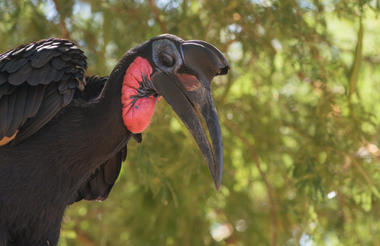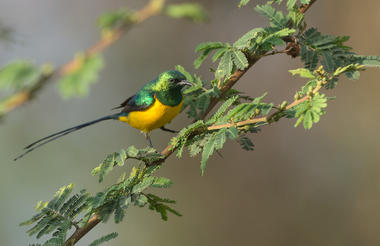Uganda, or the ‘Pearl of Africa’, as it was famously dubbed by Winston Churchill, is characterised by relatively dry and flat savanna in the north, with verdant mountains in the West, and vast dense and remarkably lush forests in the central region. The nation is home to an astonishingly diverse range of African wildlife including the highly endangered mountain gorilla which can be found in the Bwindi Impenetrable Forest. A popular spot for wildlife watching is Queen Elizabeth National Park, which hosts four of the Big Five, a flock of flamboyant flamingos and the rare tree-climbing lions of Ishasha. Outdoor enthusiasts can get their adrenaline fix with plenty of whitewater rafting, kayaking, hiking, quad biking and horse riding facilities on offer. Add to this some friendly locals, a burgeoning cultural scene, and a capital city full of lively bars, clubs and restaurants, and it is easy to see why Uganda has gained itself a reputation as 'Africa's friendliest country'.
Located on the shores of Lake Victoria, Entebbe lies 40 km south of Kampala, Uganda's bustling capital. As the country’s primary gateway, it serves as both a peaceful retreat and a starting point for exploring Uganda's natural wonders. The city sits in a lush landscape, with sprawling green spaces and a shoreline dotted with fishing villages. The Entebbe Botanical Gardens, established in 1898, showcase a wide variety of plant species, from indigenous tropical forest to cultivated horticultural displays. The gardens are home to a diverse bird population, including the palm nut vulture and giant kingfisher, and provide a haven for primates like the black-and-white colobus. A short trip west leads to the Mabamba Swamp, a Ramsar Wetland, where visitors can explore by dugout canoe in search of the rare shoebill stork. Lake Victoria itself invites fishing, leisurely cruises, and excursions to Ngamba Island, a sanctuary for orphaned chimpanzees, where visitors can observe the chimps roaming freely across 40 hectares of forested land.


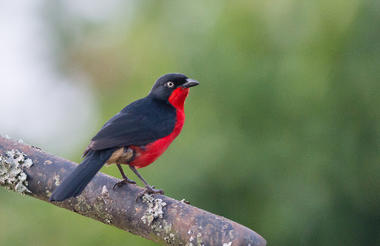
Situated in southwestern Uganda, Lake Mburo National Park is a compact and easily accessible gem, renowned for its striking biodiversity. Nearly seventy mammal species and more than 300 bird species thrive in its mix of forests, swamps and rolling grasslands. The landscape blends open savanna with rocky ridges, forested gorges and pockets of dense woodland, creating a rich habitat for wildlife. Crocodiles, hippos and abundant water birds gather around the park’s five lakes, with Lake Mburo the largest. Visitors frequently spot impala, oribi, eland, zebra, buffalo, Defassa waterbuck, reedbuck, hyena and occasionally leopard. It’s a rewarding destination for travellers seeking varied scenery and accessible wildlife viewing.

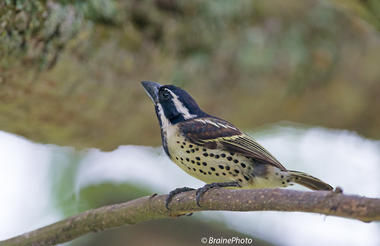
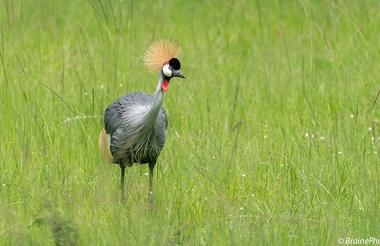
Located in southwestern Uganda, the Bwindi Impenetrable National Park is said to be Africa’s oldest rainforest. It is world-renowned for its excellent gorilla-sighting opportunities - the forest is home to half of the remaining mountain gorillas on earth. This gorilla experience takes place among a rugged landscape of dense jungle, cascading waterfalls, sparkling mountain streams, deep valleys, and steep ridges. The untouched forest has been declared a UNESCO World Heritage Site for its breathtaking natural beauty and unique ecological significance. Aside from the amazing gorilla interactions, there are other drawcards such as a network of forest walks, over 340 species of bird to spot, and a variety of brightly-coloured butterflies to identify.



As previously described
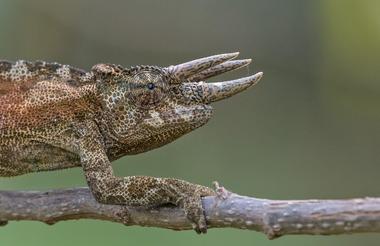

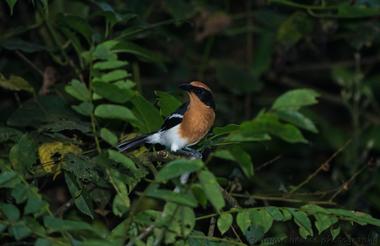
Surrounded by other wonderful parks in the western region of Uganda, the Queen Elizabeth National Park is known for its rich biodiversity, wildlife and history. In the southern part of the park, the remote Ishaha sector is home to tree-climbing lions who spend long lazy days dozing in the pretty fig trees. The Uganda Kob, a type of antelope, are watched carefully by the tree lions while grazing the plains Around Lake Edward, enjoy fishing and more game watching - make sure to look out for chimpanzees, elephants, crocodiles, and perennial and migratory bird species.
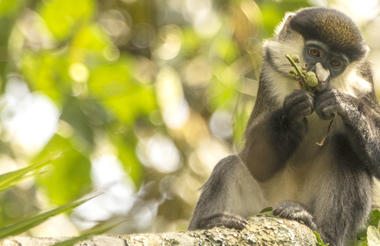
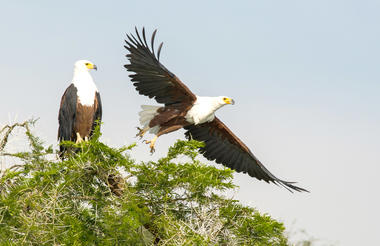
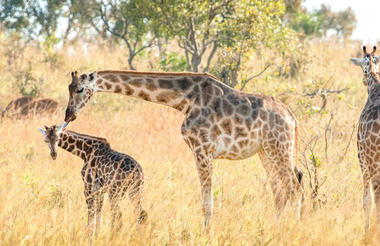
Kibale Forest National Park, situated in Western Uganda, is famous for its high density of primates, breathtaking crater lakes, and thick, beautiful jungle. Thirteen primate species inhabit the beautiful tropical forest, including red-tailed monkey, L’Hoest's monkey, grey-cheeked mangabey, red colobus, and black and white colobus monkeys. Visitors may spot some of the 300 bird species and 250 butterfly species, and buffalo, forest elephants, leopards, bushbucks, and sitatungas also live in the park but are generally shy. The area is decorated by around 50 enthralling crater lakes and numerous pristine hiking trails. Several cultural tours are on offer which delve into the rich traditions of the Batoro people, giving travellers a chance to see Batoro dancing, singing and traditional healing up close.
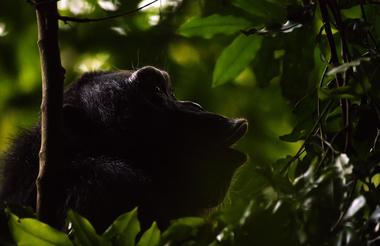
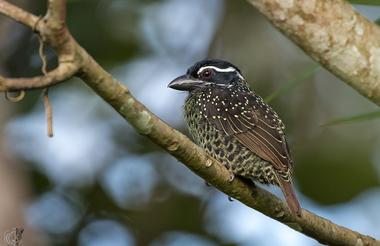

Straddling Uganda’s lush equatorial rainforest, Fort Portal is a striking designated tourism city of Uganda that rests in the Western Region of the country, northwest of the bustling city of Mbarara. Perched at an elevation of around 1500 metres, Fort Portal offers sublime scenery with views over the Ruwenzori Range and the Mufumbiro volcanoes, as well as flourishing landscapes with it being a verdant tea-growing area. This friendly town's central location makes it a convenient base from which to explore the scenic surrounding landscapes. Adventure seekers and nature lovers alike can track the chimps in the magical Kibale Forest National Park, explore the enchanting Crater Lakes or enjoy the delightful hot springs and dynamic central African wildlife of Semuliki National Park. Don't miss the culturally significant Kabarole Main Mosque.
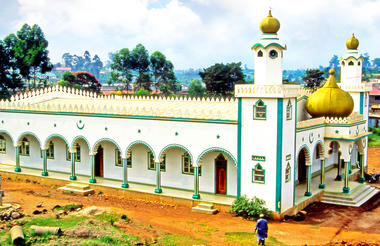
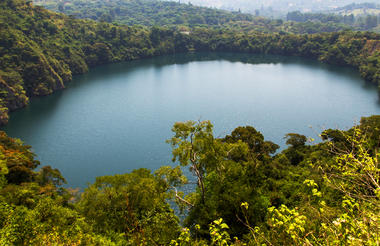
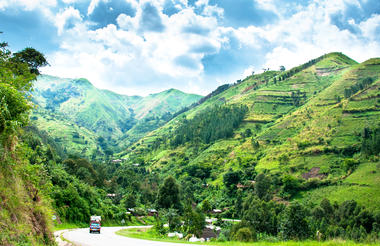
Budongo Forest is the largest natural forest area in East Africa. It boasts a prolific birdlife with two species of birds found nowhere else in East Africa; 10 of the 22 species of the Sudan–Guinea Savanna biome and 93 of the 144 species Guinea–Congo Forests biome that occur in Uganda.
Set in the Budongo Forest is “The Royal Mile" , a wide forestry track considered to be the country’s premier forest birding locality. Among the numerous specials found here are the Blue Malkoha (a skulking forest coucal), three forest-dwelling kingfishers (Chocolate-backed, Blue-breasted and African Dwarf), White-thighed Hornbill, Yellow-spotted, Hairy-breasted and Yellow-billed Barbets and their diminutive cousins, the tinkerbirds (Speckled, Yellow-throated and Yellow-rumped all being likely), Western Oriole, Green Hylia, the rarely encountered and difficult-to-see Uganda Woodland Warbler, Grey, Buff-throated, Black-throated, and the stunning Black-capped Apalises, Rufous-crowned Eremomela, Green and the elusive Lemon-bellied Crombecs, Fraser’s Forest Flycatcher, Chestnut-capped Flycatcher, Purple-headed Starling, Little Green, Grey-chinned, Collared, Olive-bellied and the aberrant Grey-headed Sunbirds, and Crested and Red-headed Malimbes.
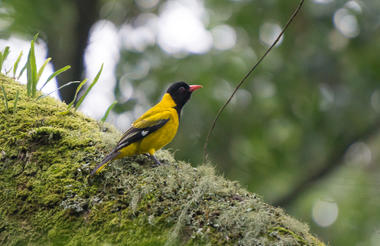

Stretching from the shores of Lake Albert, Murchison Falls National Park is Uganda's largest National Park. The Nile River flows through the middle of the park creating the impressive Murchison Falls which is the park’s major attraction. The landscape features dense rainforest, undulating savannah and a diversity of abundant wildlife. Visitors can enjoy prime game-viewing along the Buligi Circuit. The forests are home to numerous primates, including Chimpanzees, and near the river, buffalo, elephants and Rothschild-Giraffes can be seen. Other commonly spotted wildlife include: lions, antelope, waterbucks, hippos and crocodiles.
